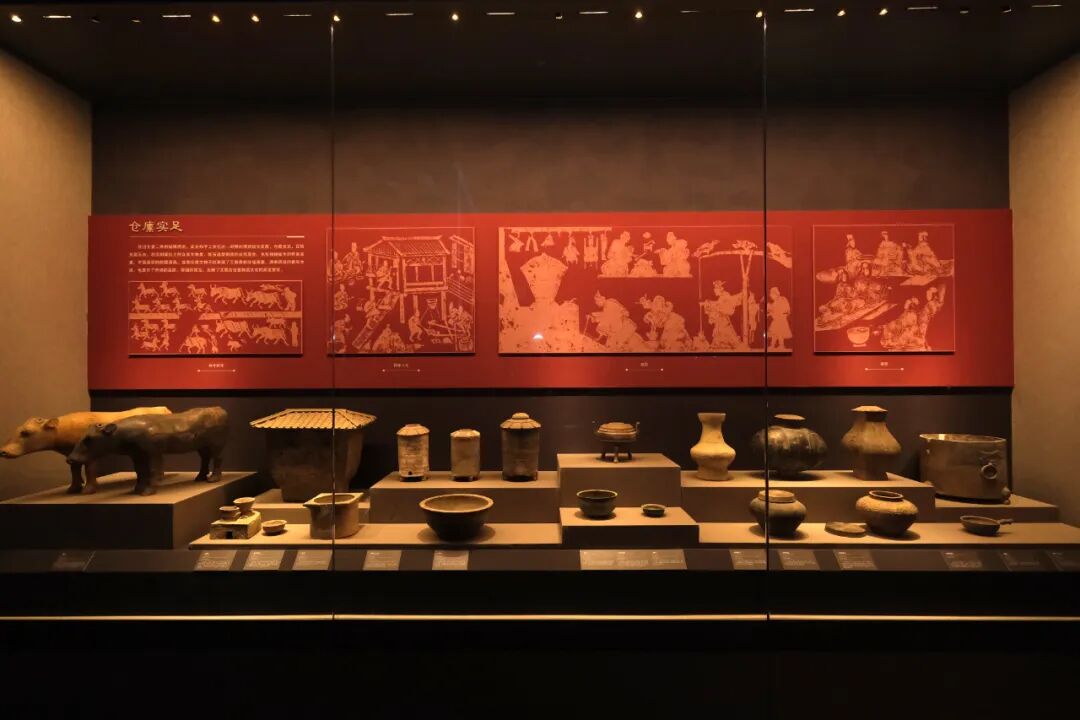
More than two thousand years ago, a golden age praised by historians as the "Reign of Emperors Wen and Jing" laid the foundation for the Han Dynasty and profoundly shaped China's governing philosophy and civilization for more than two thousand years thereafter.
A large-scale special exhibition titled "The Reign of Emperors Wen and Jing - Scenes of Prosperity Deep in the Imperial Tombs" opened recently at the Beijing Archaeological Site Museum, showcasing a total of 148 pieces (sets) of cultural relics of various types. Among them, many treasures such as the Western Han Dynasty's gilded chariot and horse equipment were displayed to the public for the first time.

Exhibition site of "The Reign of Emperor Wen and Emperor Jing: A Prosperous Scene Deep in the Imperial Tombs"
The reign of Emperor Wen and Emperor Jing (180-141 BCE) inherited the decline of the early Han Dynasty and ushered in the rise of Emperor Wu. Its core policy of "light taxes and levies, and rest for the people" brought remarkable socioeconomic recovery and development. This not only meant a full treasury and adequate food for the people, but more importantly, it established a governance philosophy characterized by "tranquility and inaction" and respect for the objective laws of economic and social development, becoming an ideal political model often emulated by later generations.
As experts on Qin and Han history have noted, "The significance of the reign of Emperor Wen and Emperor Jing far exceeds the conventional meaning of economic prosperity. It was the first consciously and systematically practiced and remarkably successful 'paradigm of governance' in Chinese history, balancing government restraint, social autonomy, and economic freedom. The profound philosophy and pragmatic spirit behind its 'rule by inaction' are benchmarks for understanding the essence of traditional Chinese political culture."
This special exhibition focuses on the cultural relics unearthed from the Yangling Mausoleum of Emperor Jing of Han and the Baling Mausoleum of Emperor Wen of Han, showcasing the material and spiritual achievements of the heyday of the Western Han Dynasty.
The "Han Dynasty Tombs and Palaces" section, drawing on archaeological discoveries at the Yangling Mausoleum of Emperor Jing of Han, showcases the grandeur of Han imperial tombs through artifacts such as roof tiles and hollow bricks. The "State Governance" section, showcasing artifacts such as official seals, cavalry figurines, weights and measures, and chariot and horse equipment, illustrates the Han dynasty's political succession to the Qin system, its economic commitment to providing peace and prosperity for the people, and its military focus on preparing for war during the Wenjing era. This section profoundly explains the institutional reasons for the "Reign of Emperors Wen and Jing."
The "Glorious Chapter of the Prosperous Era" section divides cultural relics such as livestock, bells and chimes, gold artifacts, dancing girl figurines, maid figurines, and civil servant figurines into three themes: Full granaries, Prominent rituals and music, and Unparalleled splendor. Through simple and elegant utensils and graceful pottery figurines, it showcases the beauty of artistic life during the Wen and Jing periods and embodies the great governance of the Han Dynasty.
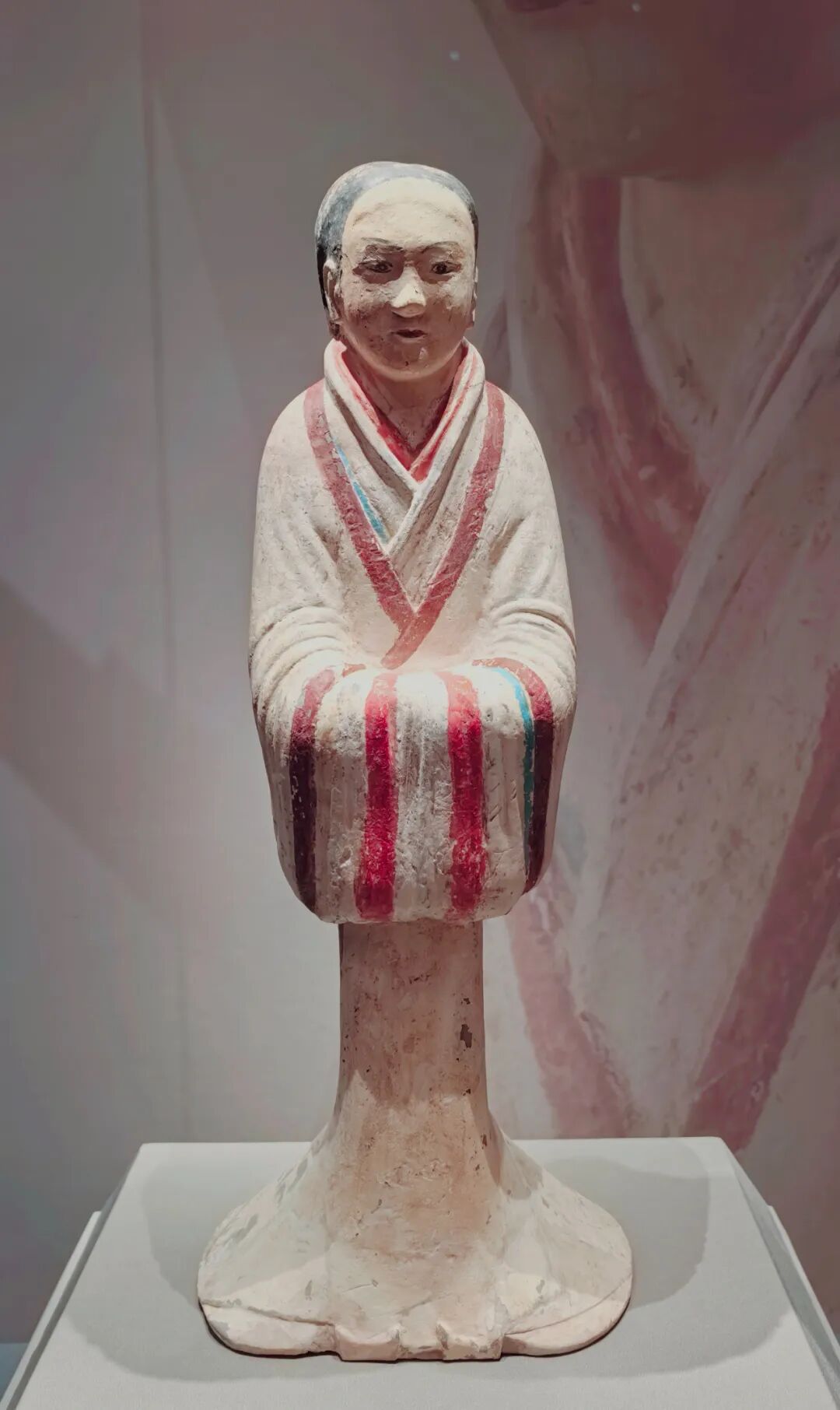
The Han Dynasty painted maid figurines on display are called "Great Beauty"
Particularly eye-catching were the "Da Mei" and "Xiao Mei" figurines, two of the 15 first-class national cultural relics brought to Beijing this time. These figurines are painted and molded like maids, and are considered the "treasures of the Yangling Museum of Emperor Jing of Han." The maids stand with their arms folded over their abdomens, their hands clasped in front of their chests, their posture graceful and elegant. The neckline reveals that the maids are clad in three layers of robes, with the cuffs, collar, and lapels all decorated with red, brown, and blue brocade edging, showcasing the sophistication of Han Dynasty court attire.
"The maid figurine is dressed in Han Dynasty clothing with her hair tied in a bun, which allows us to intuitively appreciate the beauty of Han Dynasty clothing. On the other hand, the mental state revealed by her elegant smile also allows us to indirectly understand the wonderful life of the Han people during the 'Reign of Emperor Wen and Emperor Jing'," said the person in charge of the Yangling Museum of Emperor Jing of Han.
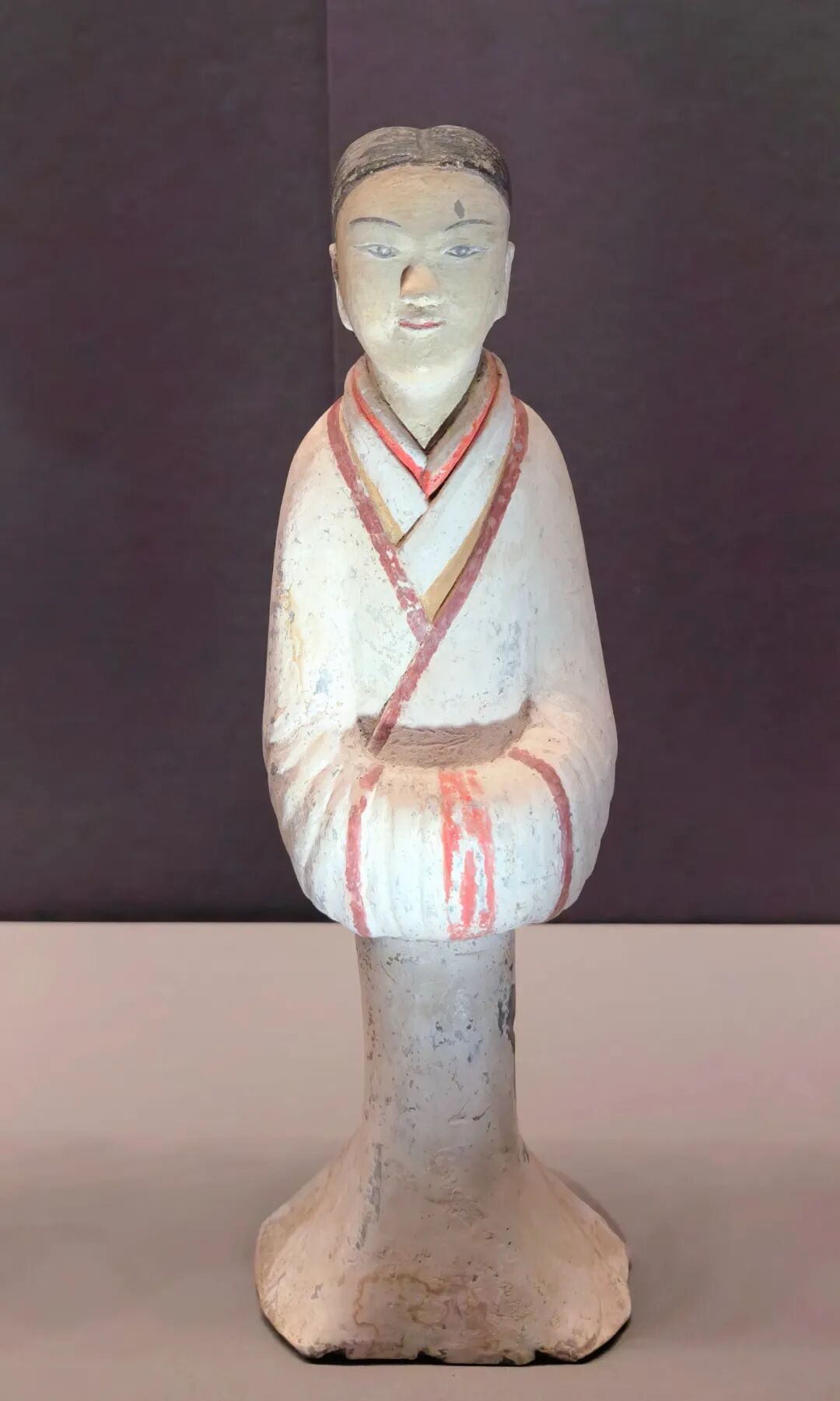
A Han Dynasty painted maid figurine, known as "Xiaomei"
According to organizers, this exhibition marks the first large-scale cultural relic exhibition held in Beijing by the Yangling Museum of Emperor Jing of Han, in collaboration with relevant institutions, since its establishment. It also marks the largest number of cultural relics exhibited by the museum in its touring exhibition. Notably, artifacts unearthed from the Jiangcun Tomb in Xi'an, Shaanxi Province (the Tomb of Emperor Wen of Han), one of the top ten archaeological discoveries in China in 2021, are also being exhibited in Beijing for the first time. Rare treasures such as golden flower ornaments with phoenix and dragon heads, gilded bronze chime stands, and gilded silver Danglu with celestial horse motifs vividly illustrate the grandeur of the diversity and unity of Chinese civilization.

A golden flower ornament with a phoenix and dragon head pattern unearthed from the Mausoleum of Emperor Wen of Han
Speaking of the significance of the exhibition, an expert on Qin and Han Dynasty archaeology said: "The archaeological findings from the Ba Tomb and Yang Tomb have changed our understanding of the Western Han Dynasty imperial tombs. Historical records previously suggested that Emperor Wen's Ba Tomb was relatively simple, but recent archaeological discoveries have shown that its layout also reflects the imperial style, though perhaps not as extravagant as other imperial tombs."
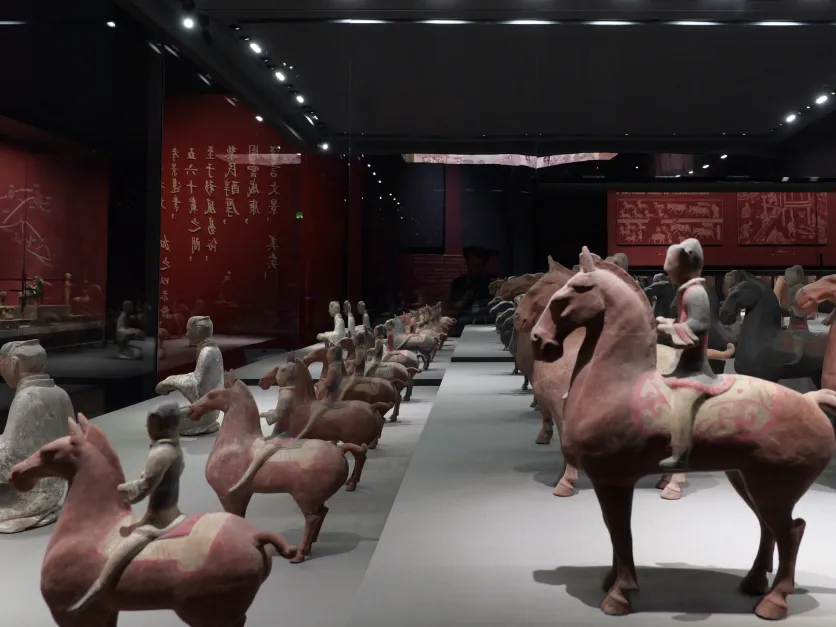
Terracotta Warriors of the Han Dynasty on display
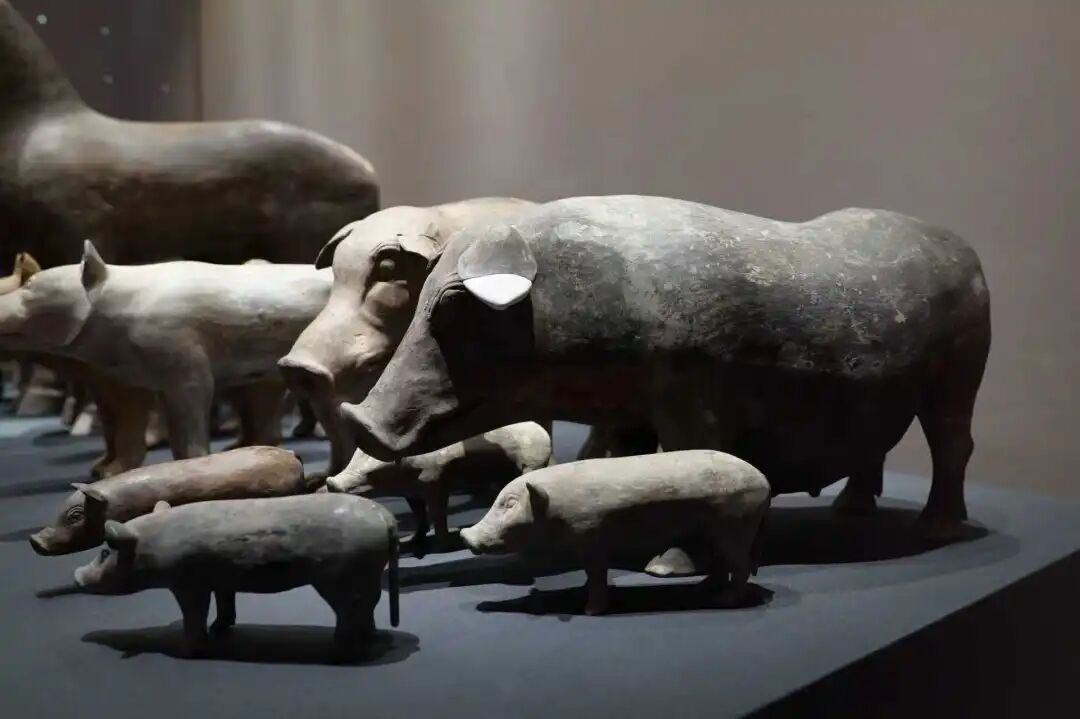
Han Dynasty pottery pig figurines at the exhibition
The Dabaotai Western Han Dynasty Tomb Site, home to the Beijing Archaeological Site Museum, is itself a testament to history. It houses the mausoleum of Liu Jian, King Qing of Guangyang, and his queen, dating back over 2,000 years. It is also the first archaeological discovery in China to fully reveal the high-level Han Dynasty burial system, featuring "zigong (coffin palace), bianfang (bedroom), and huangchangtichou (yellow coffin)." The exhibition will run until December 31st.
(Some of the information in this article is from the Beijing Archaeological Site Museum)